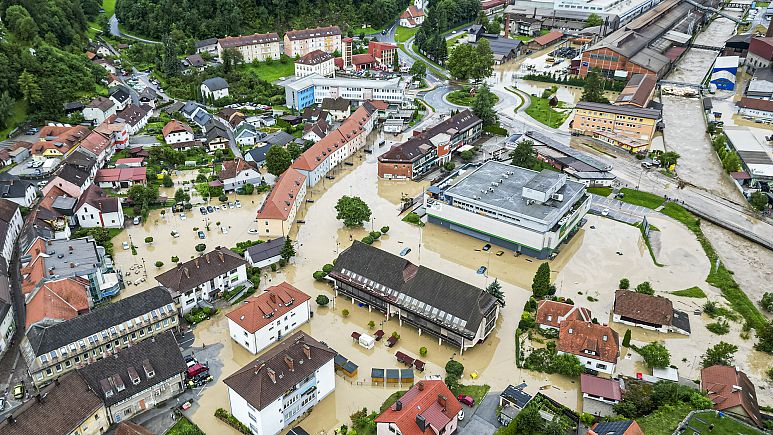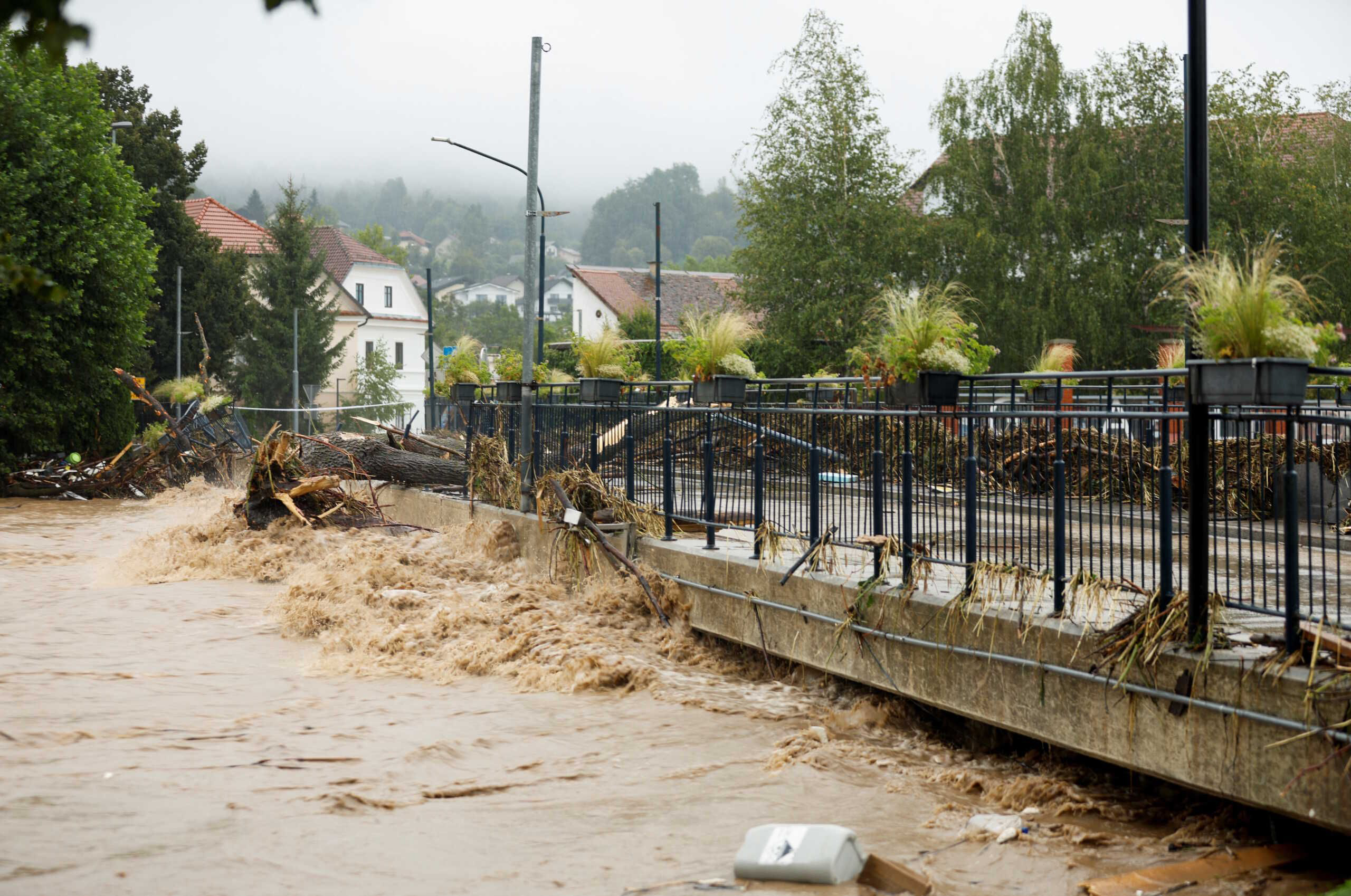Slovenia was hit hard by a devastating combination of torrential rain and heavy flooding on August 4, resulting in the tragic loss of at least three lives. The impact of the extreme weather prompted the European Union (EU) to issue warnings for several countries across the region over the weekend.

The deluge of rain and surging floodwaters wreaked havoc in various regions of Slovenia, leading to the untimely deaths of three individuals. The catastrophe left roads and bridges inaccessible, buildings inundated, and communities cut off from essential services. Prime Minister Robert Golob described the aftermath as "catastrophic," underlining the severity of the situation.
Slovenian police disclosed to the official STA news agency that a Slovenian woman lost her life in Kamnik, a central town that experienced overnight flooding resulting in blocked roads and the closure of kindergartens. Tragically, two Dutch nationals also perished in a mountainous area near the city of Kranj.
"The death in Kamnik could have been caused by flooding, while the deaths in the mountains could have been caused by a lightning strike," a police official stated.

The exact causes of these fatalities are under investigation as authorities work to gain a clearer understanding.
The city of Celje, situated in central Slovenia, bore the brunt of the disaster as the surging Savinja River breached its banks, necessitating the evacuation of approximately 4,000 residents, which accounts for roughly one-tenth of the town's population. In the nearby town of Ljubno, the same river triggered house collapses and landslides, exacerbating the widespread destruction.

Prime Minister Robert Golob, who had to cut short his vacation due to the unfolding crisis, addressed the situation at a press conference.
"We can already say that this is a record flood. The scale is catastrophic. We are asking for all the help we can get. I am calling on everyone to stay at home unless it's absolutely necessary to go out," Prime Minister declared.
Golob also indicated that this flood might be the most severe Slovenia has experienced since gaining independence in 1991.
Across Europe, other nations are also grappling with extreme weather conditions, prompting the EU's Commissioner for Crisis Management to issue broad-scale warnings. Heavy flooding has wreaked havoc in parts of southern Austria, where persistent rainfall has led to emergency services working tirelessly to manage the crisis.
https://twitter.com/janezlenarcic/status/1687385516713381888Districts in Carinthia, Styria, and southern Burgenland have been severely affected, with new warnings emerging in Southeast Styria, Deutschlandsberg, and Leibnitz. Residents in these areas are being strongly advised to avoid unnecessary car journeys and remain at home to ensure their safety.
Follow Daryo's official Instagram and Threads pages to keep up to date on world news.
Comments (0)